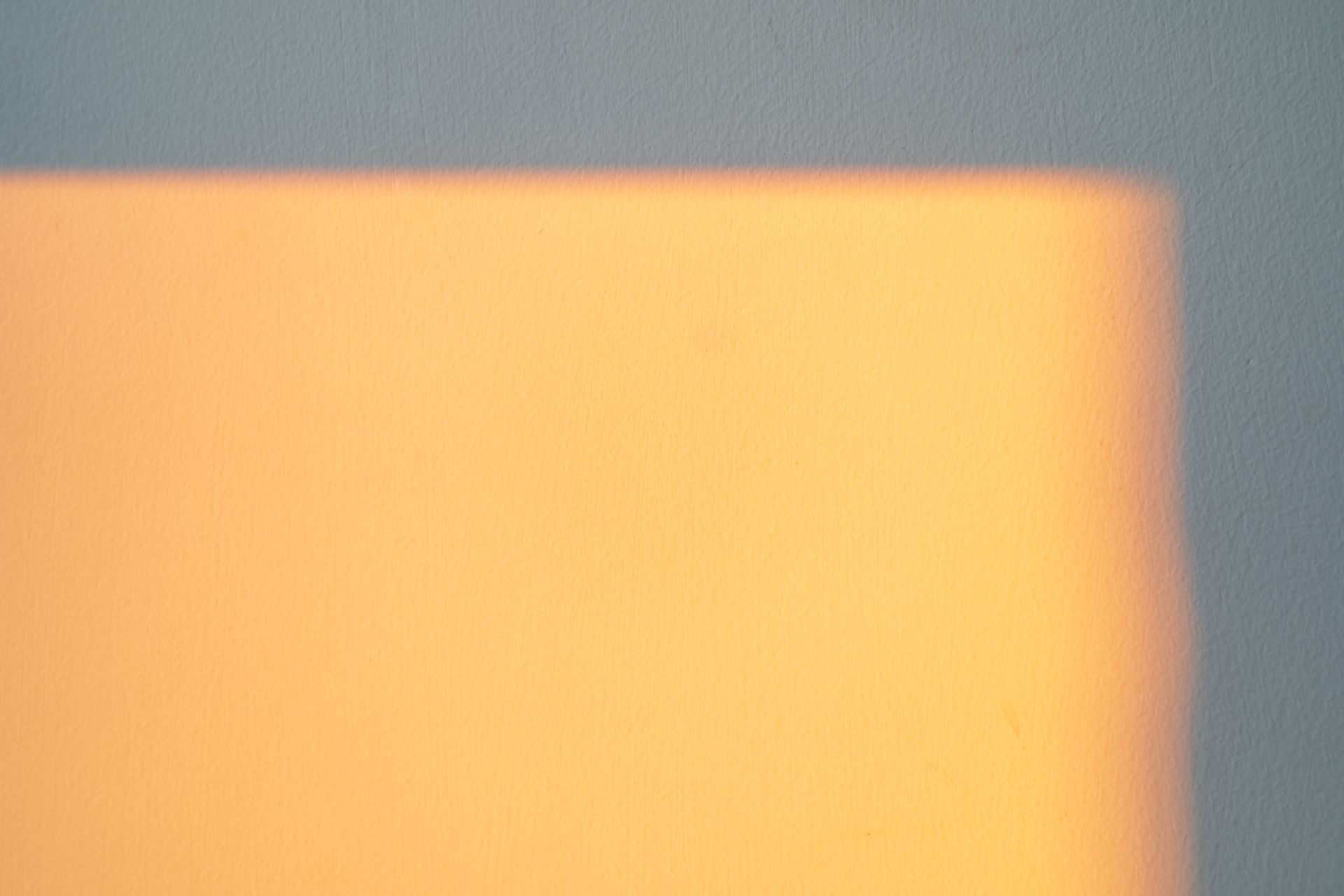How to Clean Painted Walls Without Damaging the Finish

Know Your Paint Finish First
Before reaching for soap and water, it’s important to understand the type of paint finish on your walls - because each one needs a different approach.
- Flat or Matte Paint: Beautifully smooth, but more delicate. Avoid scrubbing too hard; use a soft sponge and minimal water.
- Low Sheen or Eggshell: Slightly more durable - a gentle soap and water mix usually works well.
- Semi-Gloss or Gloss: Tough and washable - ideal for kitchens, bathrooms, and high-traffic areas. You can use a mild detergent here without much risk.
If you’re unsure which paint finish you have, take a look at our guide: Gloss, Matte or Low Sheen? Choosing Paint Finish and Sheen Levels.
Gather What You’ll Need
Here’s what professional painters recommend for cleaning walls safely:
- Two buckets (one for soapy water, one for clean rinse water)
- Mild detergent or dish soap
- Soft microfiber cloth or non-abrasive sponge
- Dry towels or lint-free cloths
- Optional: a wall duster or vacuum with a brush attachment for removing loose dust first
Step-by-Step: Cleaning Painted Walls Safely
Step 1: Dust First
Always start with dry cleaning. Use a soft cloth, feather duster, or vacuum brush to remove loose dust and cobwebs. Cleaning over dust can smear dirt across the wall.
Step 2: Test a Hidden Spot
Choose a small, out-of-sight area (behind furniture) and test your cleaning method. Wait for it to dry to make sure the finish doesn’t fade or lift.
Step 3: Prepare a Gentle Cleaning Solution
Mix warm water with a few drops of mild detergent — enough to break down dirt but not enough to leave residue.
Step 4: Wipe Gently
Dip the cloth into the soapy water, wring it out well, and gently wipe in circular motions. For tough marks, apply a bit more pressure but never scrub harshly.
Step 5: Rinse and Dry
Use a clean cloth dipped in plain water to remove soap residue, then dry the area immediately with a soft towel. This prevents streaks and watermarks.
Common Mistakes to Avoid
Even with the best intentions, many homeowners make these wall-cleaning mistakes:
- Using harsh chemicals: Products containing ammonia, alcohol, or bleach can strip the paint.
- Scrubbing too hard: Especially on matte or low-sheen finishes — it can create shiny patches.
- Skipping the rinse step: Soap residue can leave streaks and attract more dirt.
- Ignoring moisture or mould: If discolouration keeps returning, it may be a sign of trapped moisture
When Cleaning Isn’t Enough
If stains, yellowing, or peeling paint persist even after cleaning, it may be time to consider repainting. Sometimes dirt and damage are signs that your paint film has aged or that moisture has compromised the surface.
A professional painter can help assess whether a light wash, a touch-up, or a complete repaint is needed. Repainting not only restores a crisp finish but also provides new protection against wear and moisture.
Learn more about our Interior House Painting Services.
Cleaning Painted Walls: Tips and Expert Advice
When it comes to keeping your painted walls looking fresh, the right cleaning approach makes all the difference. Many homeowners wonder about the best products and techniques - here’s what you need to know.
You might be asking, “Can I use vinegar to clean my walls?” Yes — vinegar can work, but always dilute it. Mixing one cup of white vinegar with a bucket of warm water is enough to safely remove light grime. Overusing vinegar, however, can dull some paint finishes, so it’s best used sparingly.
Some people also turn to sugar soap, which is excellent for deep cleaning, especially before repainting. Just make sure it’s properly diluted, and always rinse the walls thoroughly afterward. Using it undiluted can be too harsh for regular upkeep and may damage delicate finishes.
Another common question is how often you should clean your walls. For most homes, a gentle wash once or twice a year is sufficient. High-traffic areas, like hallways, kitchens, and children’s rooms, may require more frequent cleaning to remove fingerprints, scuffs, and smudges.
For particularly stubborn marks, some homeowners ask about magic erasers. These can be effective, but only on durable finishes like semi-gloss or gloss paint. Using them on matte or low-sheen walls can accidentally remove paint, leaving noticeable patches.
By understanding these tips, you can maintain your painted surfaces safely and keep your walls looking like new, while avoiding damage that could shorten the life of your paint job.
Trust Perth Professional Painters for Lasting Results
Cleaning your painted walls doesn’t need to be risky or complicated. With a soft touch, mild soap, and the right technique, you can keep your walls spotless and extend the life of your paint job.
If your walls are looking tired, stained, or marked beyond repair, Perth Professional Painters can help. We offer expert interior painting services with lasting, streak-free results - plus free colour consultations to refresh your home with confidence. Contact us for a fast quote or to book your painting service today.

